Note: the majority of the interview I had with Sony ’s audio team was conducted in Japanese. Not being a professional translator – or much of a writer – I’ve decided to transcribe the contents into expository paragraphs rather than direct translations from the Japanese into English. Also note that this interview took place in September 2017. It is super, duper, idiotically late. And it’s all on me. Thank you for your patience, Sony.
Sony City Osaki is huge. The building I entered is crammed chock-a-block over a comfy book/coffee shop. White shirted employees are everywhere. The building is half cheese grater, half heat sink, half shrapnel visor. There are several others like it in the area. Sony is huge. Sony’s legacy is huge. Invoking its name recalls awesome minidisk units, the perfection of portable audio, TVs, affordable home audio, along with a few undefinable epochs: ATRAC, Memory Stick, SonicStage, and more recently fiddly full-frame digital cameras. Most Sony stuff the average consumer comes into contact with hit the moon. Which makes living up to their own inventions, inventiveness, and name, something of a bugger even for Sony.
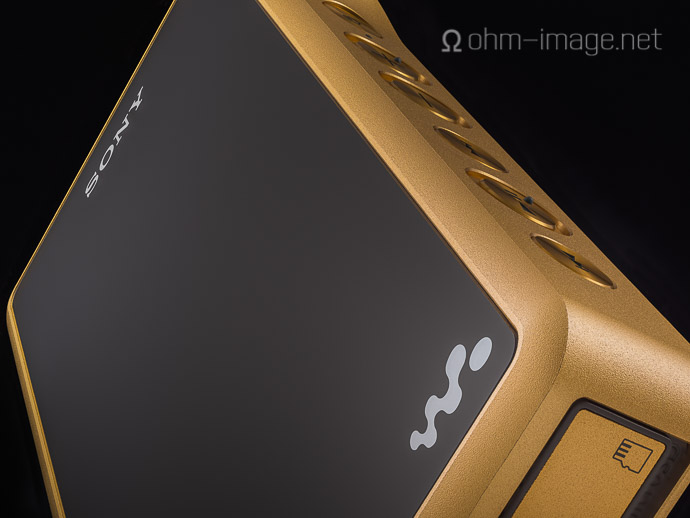
But part of what drove that inventiveness is a plug-away attitude that no one else had, has, or likely ever will have. I got the rare privilege of sitting for two hours with some of Sony’s brightest audio engineers. We chatted in English and Japanese in what I’ll call the Walkman worship room (but which Sony simply call The Walkman Room). For me it was Mecca. Walkmans from cassette tape, to MD, CD, and maybe even a DAT, lined all four walls. Sadly, the beautiful Sony MZ-R37 recorder, which got me into minidisk, was nowhere to be seen. As far as I can tell, it really only made consumer rounds in European and American markets. Considering Sony’s gargantuan catalogue of Walkman players and recorders, a discount recorder didn’t stand a chance.
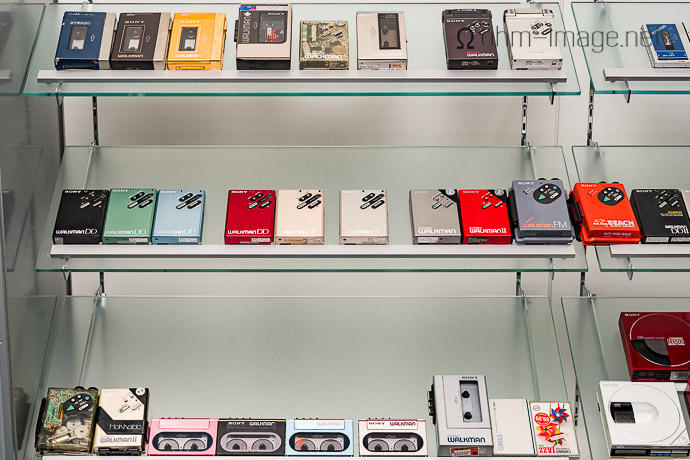
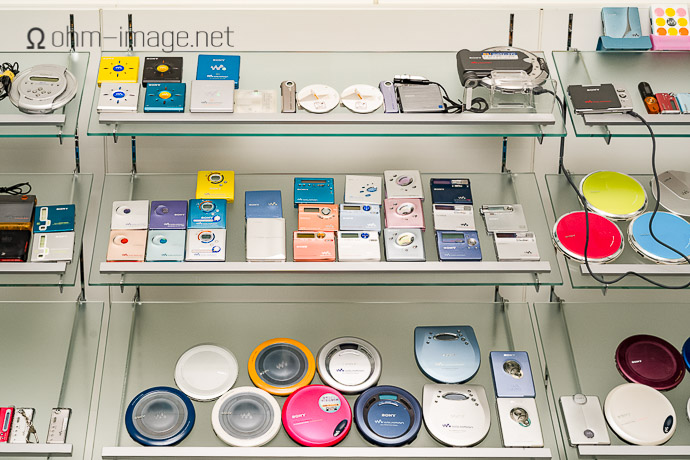
Sony’s inventive reputation has been through many trials, errors, and continual, and juggernaut refinement. No one, not even Astell & Kern, can touch their energy. Energetic from the first, today’s Walkman lineup defines the Sony of yesterday as much as it does the Sony of today. That is, I owned several of their E and A line MP3 Walkmans. Each wished it was something else, their earliest MP3 Walkmans requiring SonicStage and retaining compatibility with ATRAC. That’s some seriously convolution.
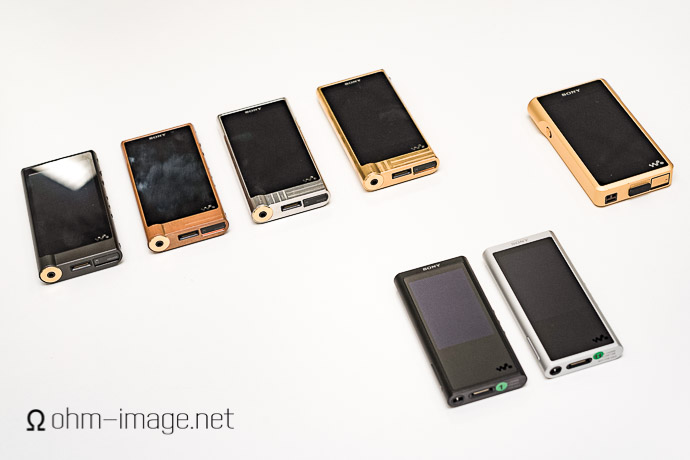
Three of the four engineers in The Walkman Room shared the surname, Sato; the outlier was Mr. Tsunoda. Mr. Tsunoda has been designing headphones at Sony for twenty-seven years. In his tenure, he’s seen the headphone division grow from six people in the 1990s to over one hundred today. One Mr. Sato had the dream to one day design and build his teenage love, the Walkman. He now works on the Walkman team. Another Mr. Sato came from embedded car audio to re-organise the modern Walkman team for a new era. As far as I’m concerned, he’s nailing his job. The final Mr. Sato is obsessed with perfecting full digital amps such as Sony’s famous S-Master amp, which now sits at the heart of both their latest NW-WM1Z Walkman and TA-ZH1ES, about which I talked in this article: REVIEW: SONY NW-WM1Z, MDR-Z1R, TA-ZH1ES – LOS TRES TOMODACHIS. I am told that the shared surname is an interesting happenstance.
Despite diverse talents and interests, the spanning of many departments, and a hell of a lot of questions from me, a central theme coalesced: the primacy of musicality. No matter in what team they are situated, and no matter their background, Sony’s audio team are devoted to it. It was explained to me that many things broker musicality: proper damping, clarity of vocals, unit stability, chassis materials, circuit layout, power, and finally, amplification of staunch maths. Good maths – a thing I couldn’t pretend to understand – in Sony language reduces electrical redundancy. To be honest, I was a bit lost.
This articles continues one PAGE TWO






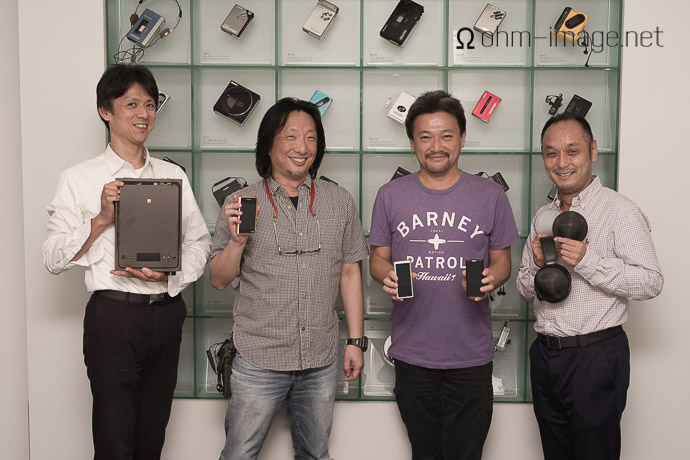

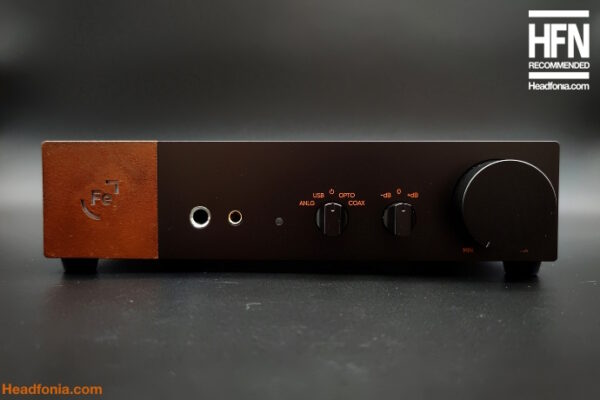
Booker
Great interview, I love hearing about what the designers are thinking when they make these products that us in this hobbie drool over and (over)analyze.
Sadly I haven’t heard any of the new hi-res Sony lineup, including headphones. Like you, I had a portable Sony MD player that was my daily commute entertainment for years. In fact, my main home stereo is a Sony system with an MD slot, and optical input, still going strong despite being made in the year 2000. I was looking into the TA-ZH1ES a while back and this has definitely stirred my interest again 🙂
Nathan
Thanks for the encouragement. The TA-ZH1ES is the real deal.
Jonathan
Great piece about Sony! I have two questions Nathan.
1. Are you using any EQ with the EX1000 and the ZX300? If so, how are you equin them?
2. Do you know what is the output impedance (OI) of the ZX300?
Thanks again!
Jon
Nathan
I don’t use EQ with the EX1000, but I use MegaBass setting 1 when I can, about 1/3 of the time. Love it. I don’t know the output impedance of the ZX300, but it’s not super low. I really do need to start testing that. I just don’t have a working multimeter anymore.